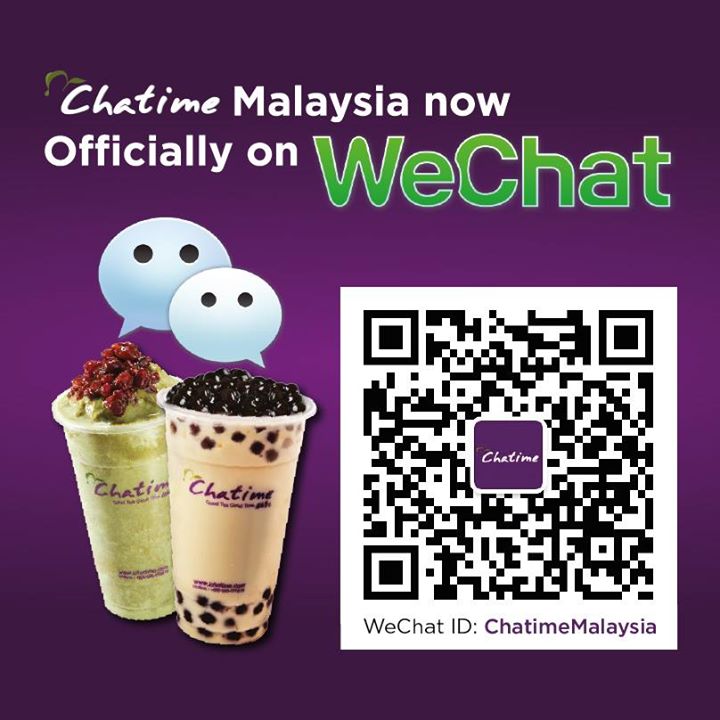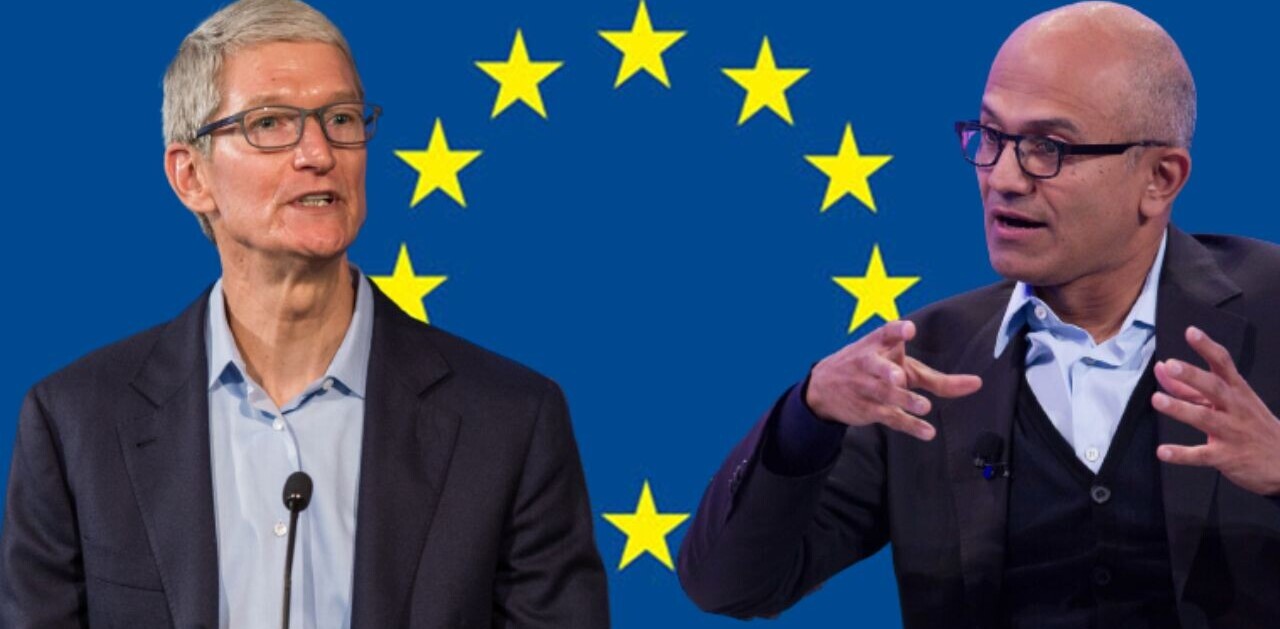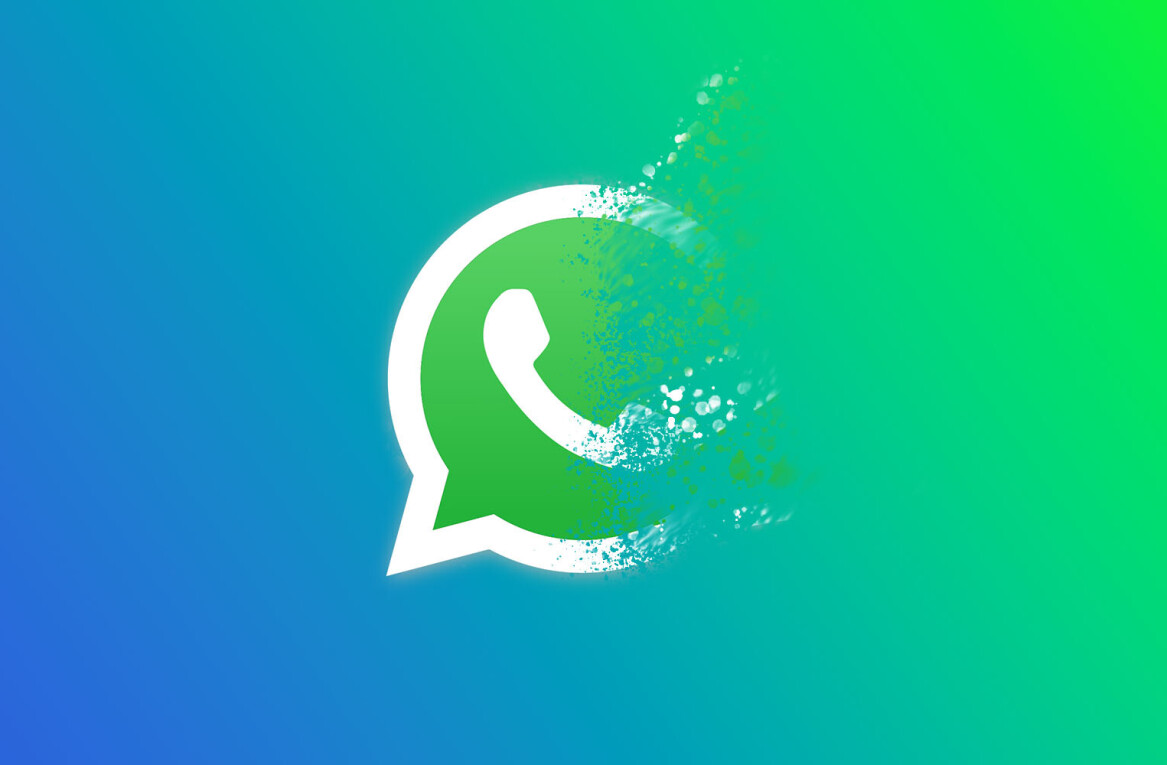![WeChat is going international in a different way to WhatsApp: using games and commerce [Interview]](https://img-cdn.tnwcdn.com/image?fit=1280%2C720&url=https%3A%2F%2Fcdn0.tnwcdn.com%2Fwp-content%2Fblogs.dir%2F1%2Ffiles%2F2013%2F06%2Fwechat.jpg&signature=28ac0c0e3b91642d2f91b7b452e53bfd)
The mobile messaging space is getting increasingly cramped. With so many chat apps on the market, what should one do to stand out among the competition?
That is a question that desperately needs an answer, and Poshu Yeung, vice president of the international business group at Tencent, which owns Chinese messaging service WeChat, has attempted to shed some light on its initiatives in an interview with TNW.
WeChat strives to be a first-mover in adding features
It’s widely perceived that WhatsApp is leading the mobile messaging battle — with 350 million active users each month and more than 400 million photos shared daily, the engagement rate of its users is high enough to keep its competitors on their toes. However, while WhatsApp is known for its minimalistic approach, other messaging services are frantically adding bells and whistles to its basic text function.
WeChat (and Weixin, its Chinese version) is one of WhatsApp’s greatest global competitors – with a combined 272 million monthly active users – and was one of the first mobile chat apps to introduce voice messaging and video chats. It also launched features such as Walkie Talkie for group voice conversations as well as Shake and Hold Together for a more efficient way to add friends.
Essentially, WeChat is out to win the race by being the first-mover in introducing new features — as it seeks to extend its services beyond just messaging, social networking and entertainment. Yeung says:
Most mobile applications are currently designed to only offer a single service such as communication, photo/video editing or games. In this respect, we are constantly driving innovation to provide users with a comprehensive ecosystem to meet their communications, social sharing and gaming needs.
Amid aggressive global marketing (such as launching an advertising campaign fronted by football star Lionel Messi as seen below), WeChat already surpassed 100 million user accounts outside China in August this year.
The future for WeChat is m-commerce
However, as other apps including Line, Kik, Tango and Cubie have added games, stickers, video calling and other features, WeChat needs to go a step further: and it is zooming in on offline-to-online commerce.
M-commerce isn’t a new idea for other chat apps too — Japanese messaging service Line has, for example, dabbled in selling items via its app. Just yesterday, it announced it was going to hold a flash sale for users in Thailand via a partnership with all-in-one e-commerce logistics firm aCommerce and L’Oreal’s Maybelline New York.
However, as Chinese Internet giant Tencent also owns payment service Tenpay, WeChat’s team can easily tap on the technology to settle the necessary backend work. Tencent already rolled out an update to Weixin in August, incorporating payment services. All users have to do is link an online banking account to Weixin to pay for items and they are good to go.
Yeung tells TNW that the company is exploring m-commerce even overseas. WeChat has already set up what’s known as ‘Official Accounts’ with brands such as McDonalds and Nike in Hong Kong, KFC in Indonesia, food and beverage outlets Secret Recipe and Chatime in Malaysia, as well as 7-Eleven in Taiwan.
However, payment transactions on these Official Accounts are currently not enabled, though Yeung says that “depending on users’ needs, these Official Accounts can potentially evolve to include monetization opportunities in the future.” He explains:
Mobile Internet and the use of smartphones have become deeply entrenched into everyday life, with people being increasingly active on their mobile devices. This creates an ecosystem for connecting with people (social), for accessing infotainment (services) and for purchasing and selling goods (commerce). We are building the WeChat experience around users’ needs through innovations in user experience and products.
WeChat is going global through games
For now though, WeChat is still focusing its internationalization efforts on games. Last month, Tencent rolled out the WeChat Game Center — previously only on Weixin in mainland China — to its Android users in Hong Kong, with the iOS app to be updated soon for users there too.
Yeung tells TNW that Tencent will be introducing the WeChat Game Center to other international markets by the end of this year. The company will also launch new games on WeChat Game Center, including those developed by Tencent and its franchisees.
“Plans to roll out WeChat Game Center to the various markets is currently in action and we will continue to monitor, adjust and develop games and content that would be relevant to our international users,” Yeung says.
When asked why WeChat’s games would appeal to users compared with standalone games, Yeung explains that games on the messaging service are closely connected with its social features. “WeChat games provide users with greater social interaction and sharing within their existing social network as well as with new friends,” he says.
What is more, Tencent has a research and development team that specializes in producing games — and Tencent has an extensive history in the gaming industry, considering that it’s already known for its online multiplayer games on its Web portal QQ Games. Mobile social games have been one of Tencent’s key focus areas.
Despite a limited rollout, WeChat games are already seeing vast success. Recently, Tencent revealed the five mobile games it released for its Weixin messaging app in China in August have passed 570 million cumulative downloads.
Other than games, Yeung says that Tencent also recognizes how local partners play a part to help WeChat move forward in the respective markets it is targeting.
The company has thus established strategic alliances with telecom operators and business partners to offer a localized WeChat experience. For example, in the Asia Pacific region, a number of carriers have already launched WeChat data plans — including StarHub in Singapore, AIS in Thailand, Smart in The Philippines, PCCW and Hutchison in Hong Kong, as well as XL and Telkomsel in Indonesia.
Adapting to local cultures is a challenge for WeChat
Yeung notes that regardless of regions, WeChat’s international growth potential seems to lie largely in markets “which tend to have more expressive cultures and like to be socially connected.”
He says that WeChat has received particularly positive user feedback particularly in markets such as Italy, Latin America, India and Southeast Asia. The region surrounding China is showing strong uptake. Yeung notes that in Malaysia, WeChat has reached a penetration rate of 90 percent among smartphone users, while in Indonesia, more than half of all smartphone users have downloaded WeChat. The messaging service is also doing well in Hong Kong and Taiwan.
However, a key challenge as WeChat expands internationally is the ability to be relevant and cater to local cultures and languages. Yeung says:
While we do see many universal similarities in consumer needs, there are also unique nuances in user behavior, habits and sentiments in each market. To this end, identifying and working strategically with local partners is a high priority for WeChat in our approach to overcoming this challenge.
The fact that WeChat originates from China is also likely a challenge, given the stigma behind apps made in China — especially when it concerns privacy issues.
However, Yeung emphasizes that WeChat and Weixin are sister products. “WeChat is designed for international markets while Weixin aims to serve users in Mainland China, and as such are operated on separate infrastructures and supported by different teams,” he says.
To this extent, entering the US market is also something that the WeChat team is looking into. It recently put together a small project team to study the US market and explore potential opportunities there for WeChat.
WeChat’s ultimate aim is to connect people from offline to online
Even as Yeung notes that the past decade has been marked by rapid growth in social media and mobile, he says that WeChat is well-placed to tap on the “relatively new” trend of the merging of social media and mobile spaces. He elaborates:
We anticipate this convergence of mobile and social media platforms to grow as we transition from mobile computing to “everything computing” with the introduction of smart-watches and -glasses from companies such as Samsung and Google. What this means for WeChat is huge opportunities to contribute as a key player in the evolution of social media and mobile applications.
In other words, Tencent is keen for WeChat to not only be present on smartphones, but also let people leverage their fragmented time on the Internet via all kinds of smart devices. Already Line has made a step forward in this — it launched an app for Samsung’s Galaxy Gear smartwatch. WeChat has some catching up to do in this aspect, but from what Yeung says, it seems like Tencent is committed to placing WeChat on as many platforms as possible.
In any case, WeChat — backed by a Chinese Internet giant with expertise in areas such as games and payment services — is well-placed to create a comprehensive platform for its users and go beyond just messaging and entertainment. Some may argue that a chat app should simply stay as a messaging channel, but WeChat is looking for much more than that. As Yeung says:
(WeChat) is connecting people from offline to online. As user engagement increases on smartphone platforms, we expect more monetization opportunities to emerge in the future.
From this, it’s clear that WeChat wants a slice of every pie that connects people from offline experiences to an online platform — and it’s going all out to beef up its value-added features such as payment services to differentiate itself.
Whether or not users take the bait depends on how much clutter they like in a messaging app — but it seems like for now, WhatsApp has captured the hearts of those who believe in minimalism, whereas WeChat is in favor with those who prefer a convenient one-stop shop for them to carry out many activities at one go by just staying within an app.
Images via WeChat, headline image via Bryanlyt/Flickr
Get the TNW newsletter
Get the most important tech news in your inbox each week.










